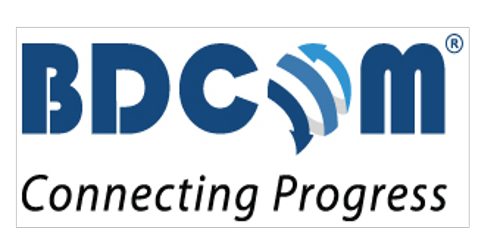A staggered board, also known as a categorized board, is a group of directors where a portion of the board is chosen each year. Only one class of a staggered board of directors is up for election each term. It differs from a traditional board of directors, in which all directors are chosen at the same time. A typical staggered board comprises three to five classes of positions on the board, each with a different length of the term of service, enabling elections to be staggered.
In other words, a staggered board is a governance method in which a portion of the board of directors, usually one-third of the total, is chosen each year rather than all at once. In a staggered board method, a corporation only allows for the election of a subset of its director positions at a time. These boards are usually divided into “classes” of posts, each of which is elected in a separate year.
The board of directors (BoD) is a group of people who represent the interests of the company’s shareholders. A company’s actions are overseen by the board of directors, which has ultimate decision-making authority. Although staggered boards can help avoid hostile takeovers, they are also thought to be in shareholders’ best interests. Staggered boards have recently been on the decrease due to their detrimental impact on shareholders.
The main benefit of a staggered board over a normally elected board is that it helps to avoid hostile takeovers. The Board of Directors should not be mistaken with the company’s senior executives, who are responsible for the day-to-day operations. Government rules, as well as the company’s constitution and bylaws, define a board’s authority. When a hostile bidder tries to buy a company with a staggered board, he must wait at least one year until the following annual meeting of shareholders before gaining control of the target company.

A staggered board is also known as a categorized board since it has several classes of directors. Because various classes of a staggered board are elected every year, it is hard to obtain complete control of the board in a single election cycle. Only one class of seats is offered to new members throughout each election cycle, staggering the number of slots on the board directorship at any given time.
A staggered board of directors is made up of directors who are classified as Class 1, Class 2, Class 3, and so on. Each class is responsible for a specific percentage of the overall number of positions. Only one class is open during elections, thus the name “staggered” board. This implies that only a third of the board may change hands in any one year, posing a significant challenge to any would-be hostile bids attempting to take control of the board.
A staggered board is a frequent practice in corporate law in the United States, and it is a useful takeover defense technique against hostile takeovers. Even if the hostile bidder wins one board seat, the remaining board members can protect their firm from a hostile acquisition by employing any poison pill tactic to thwart a bidder’s plans in the middle of the process. Because of the staggered structure of available slots, an unwanted party would take far longer to achieve its aim of assuming control of a staggered board than it would for a non-staggered board that might be removed at any time.
In reality, a staggered board combined with another antitakeover protective device, such as a poison pill, is virtually unstoppable. As a result, the staggered board is an anti-takeover strategy used by a corporation to safeguard itself against undesired bids. However, this board of directors arrangement may result in a considerable reduction in shareholder profits.
Furthermore, the board continuity associated with a staggered board strategy can be considered as a good feature in corporate governance, since it facilitates the execution of long-term strategic initiatives. Most of the time, bidders provide premiums to shareholders in exchange for their shares, and as a result, shareholders receive more money in return for their shares after a hostile takeover than they would have received before the acquisition.
Furthermore, by encouraging management to participate in long-term initiatives, staggered boards might potentially improve a firm’s long-term commitments with its partners. Furthermore, research has indicated that organizations with staggered boards had worse shareholder returns than those without, supporting the idea that staggered boards are not always in the best interests of shareholders.
Staggered Boards might serve interests that aren’t always aligned with those of shareholders or the firm, making them a less-than-ideal Board structure. Although continuity on the Board is crucial, it should not come at the expense of the company’s development and direction.
Information Sources:
















